You are on United States website. Change region to view location-specific content:
Global
English
Select another region
Choose region and language
- Americas
- Asia-Pacific
- Europe, Middle East and Africa
- Worldwide

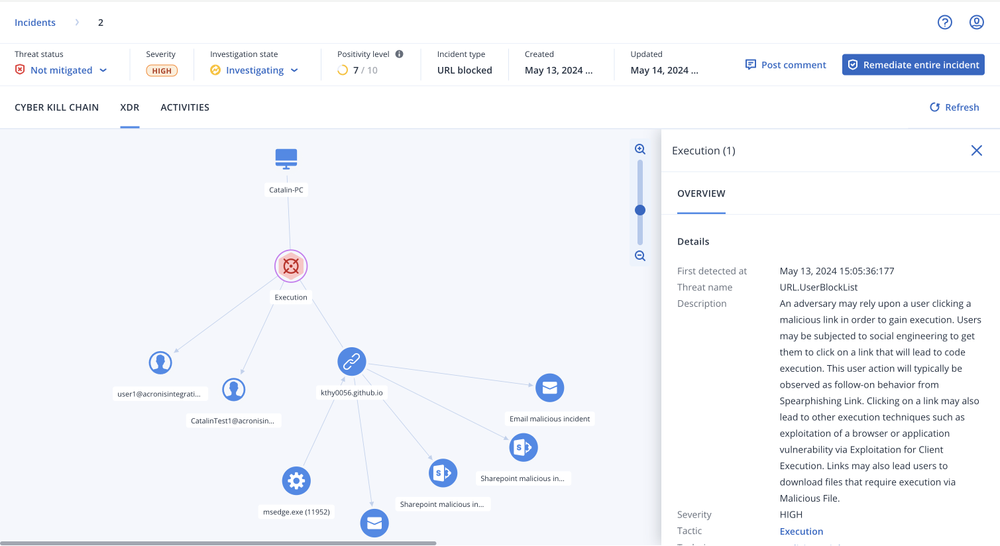
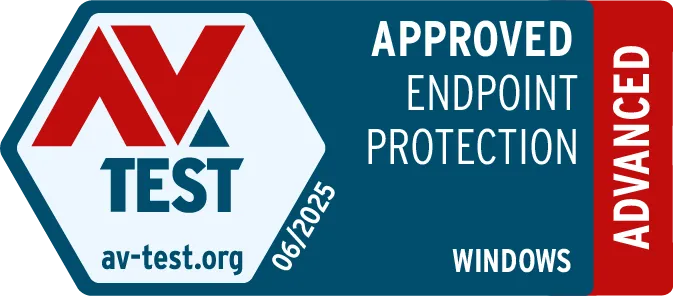

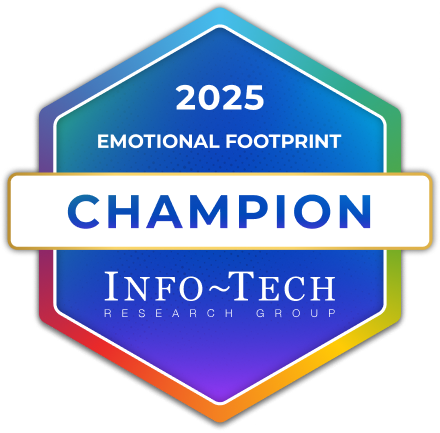



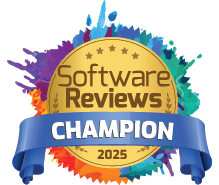
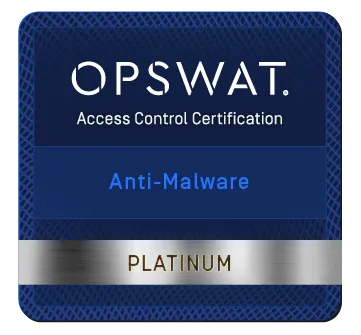


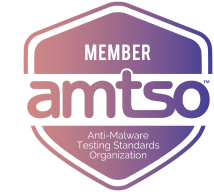




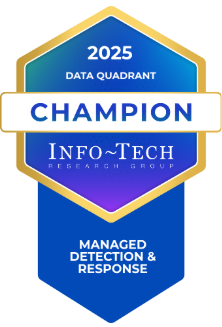


Our partners are the first to benefit from new product lines and innovations, but also we enable them with technical, marketing and sales support and trainings via the Acronis Partner Program. As a leader on the MSP cybersecurity market, Acronis is focused on your success rather than competing with you for business.
If your organization has a complex IT infrastructure or limited IT resources, Acronis Professional Services can assist you with the design, integration, implementation and on-going operation of your Acronis solution.
Consolidation and service management centralization with Acronis is easier and more approachable than ever. Expand your capabilities to offer holistic protection, defend organizations and provide true business resilience for clients and their data in the face of modern cyberthreats.
Behavior-based detection | |||
Vulnerability assessments | |||
Device control | |||
File- and system-level backup | |||
Inventory collection (with RMM) | |||
Patch management (with RMM) | |||
#CyberFit Score (security posture evaluation) | |||
Remote connection (with RMM) | |||
Remediation including full reimaging | |||
Business continuity (with Disaster Recovery) | |||
URL filtering | |||
Exploit prevention | |||
Real-time threat intelligence feed | |||
Threat hunting – Early access | |||
Automated, tunable allowlisting based on profiling | |||
Forensic data collection | |||
Event monitoring | |||
Automated event correlation | |||
GenAI assistant (Acronis Copilot – Early Access) | |||
Prioritization of suspicious activities | |||
AI-generated incident summaries | |||
Automated MITRE ATT&CK® attack chain visualization and interpretation | |||
Single-click response to incidents | |||
Full threat containment including endpoint quarantine and isolation | |||
Automated response playbooks | |||
Intelligent search for IoCs including emerging threats | |||
Attack-specific rollback | |||
Anti-ransomware protection with automatic rollback | |||
Integration with Microsoft 365 apps (SharePoint, OneDrive, Teams, and Outlook, Entra ID) | |||
Integration with Email Security (email telemetry) | |||
Integration with Collaboration Security (Microsoft 365 apps telemetry) | |||
Delete malicious email attachment or URLs | |||
Search for malicious attachments across mailboxes | |||
Block malicious email address | |||
Terminate all user sessions | |||
Force user account password reset on next login | |||
Suspend user account | |||
MDR service | |||
Public API for EDR |

Acronis operates a global network of cloud data centers designed to deliver a high level of safety, security, and accessibility.
Looking for help?
Sorry, your browser is not supported.
It seems that our new website is incompatible with your current browser's version. Don’t worry, this is easily fixed! To view our complete website, simply update your browser now or continue anyway.